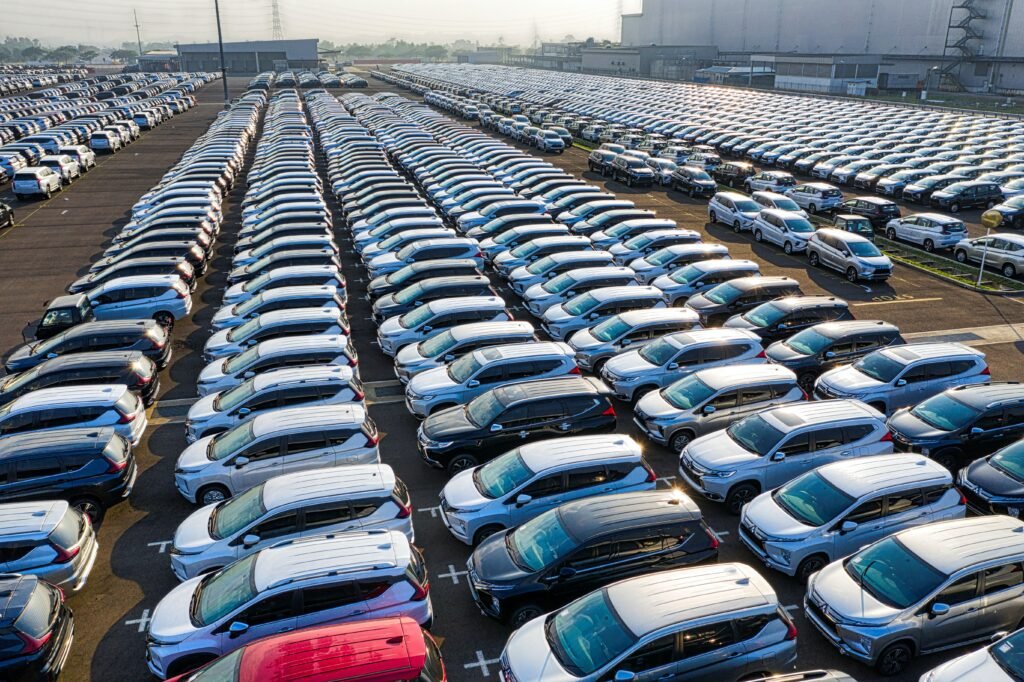BS6 (Bharat Stage VI) is a set of emission standards implemented by the Indian government to regulate the levels of air pollutants emitted by internal combustion engines. The BS6 standards were introduced on 1 April 2020 to replace the previous Bharat Stage IV (BS4) standards. The main aim of BS6 is to reduce emissions and improve air quality in India.
BS6 standards cover various aspects of vehicle emissions, including hydrocarbons (HC), carbon monoxide (CO), nitrogen oxides (NOx), particulate matter (PM), and non-methane hydrocarbon (NMHC). The standards are more stringent compared to BS4, which means vehicles will have to emit less pollutants to comply with BS6 regulations. This can be achieved through the use of more advanced technologies, such as catalytic converters, particulate filters, and fuel injection systems.
The BS6 standards apply to a range of vehicles, including cars, motorcycles, and commercial vehicles, powered by gasoline and diesel engines. Implementation of BS6 has already started in India, and all new vehicles sold in the country must now meet these emission standards. This is expected to have a positive impact on the environment and public health, as it will lead to a reduction in air pollution.
BS6 Technical Details

Bharat Stage VI (BS6) emission standards regulate the levels of pollutants that can be emitted by internal combustion engines. The technical details of BS6 standards include the following:
- Hydrocarbons (HC): The maximum permissible limit for HC emissions is set at 0.10 g/km for four-wheeled vehicles and 0.25 g/km for two-wheeled vehicles.
- Carbon Monoxide (CO): The maximum limit for CO emissions is set at 1.0 g/km for four-wheeled vehicles and 2.0 g/km for two-wheeled vehicles.
- Nitrogen Oxides (NOx): The maximum limit for NOx emissions is set at 0.08 g/km for diesel vehicles and 0.06 g/km for gasoline vehicles.
- Particulate Matter (PM): The maximum limit for PM emissions is set at 0.005 g/km for diesel vehicles and 0.005 g/km for gasoline vehicles.
- Non-Methane Hydrocarbon (NMHC): The maximum limit for NMHC emissions is set at 0.10 g/km for diesel vehicles and 0.10 g/km for gasoline vehicles.
These standards apply to new vehicles sold in India and are more stringent compared to the previous Bharat Stage IV (BS4) standards. To meet these standards, vehicle manufacturers use advanced technologies, such as three-way catalytic converters, diesel particulate filters, and fuel injection systems. These technologies help to reduce emissions by controlling the levels of pollutants released into the atmosphere.
What is the equivalent of BS6 (Bharat Stage VI) in the USA?

The equivalent of Bharat Stage VI (BS6) emission standards in the United States is the Tier 3 emission standards set by the U.S. Environmental Protection Agency (EPA). These standards were introduced in 2014 and are similar in their goal of reducing emissions from vehicles.
The Tier 3 standards are based on a combination of engine design and the use of advanced emission control technologies, such as catalytic converters and diesel particulate filters. They require vehicle manufacturers to reduce emissions of pollutants like nitrogen oxides (NOx), particulate matter (PM), and volatile organic compounds (VOCs).
Like BS6 standards, the Tier 3 standards are designed to improve air quality and reduce the impact of vehicles on the environment. The standards apply to both gasoline and diesel vehicles and are designed to be phased in over a period of several years. Overall, the Tier 3 standards are comparable to the BS6 standards in terms of their goals and the technologies used to achieve them. However, the exact requirements may differ based on the specific regulations and standards in each country.
What steps do OEMs take to meet BS6?

Original Equipment Manufacturers (OEMs) take several steps to meet Bharat Stage VI (BS6) emission standards. These steps include the following:
- Upgrading Engine Design: OEMs upgrade the engine design by incorporating technologies such as direct fuel injection, high-pressure fuel pumps, and exhaust gas recirculation. These technologies help to reduce emissions by controlling the combustion process.
- Using Advanced Emission Control Systems: OEMs install advanced emission control systems, such as three-way catalytic converters and diesel particulate filters, which help to reduce emissions of pollutants like carbon monoxide (CO), nitrogen oxides (NOx), and particulate matter (PM).
- Optimizing Engine Management Systems: OEMs optimize engine management systems to ensure that the engine runs efficiently and reduces emissions. This includes adjusting the air-fuel ratio, controlling the timing of the ignition, and controlling the emission of pollutants.
- Using Low-Emission Fuels: OEMs use low-emission fuels, such as BS6-compliant diesel and gasoline, to reduce the levels of pollutants released into the atmosphere.
- Conducting Emissions Testing: OEMs conduct emissions testing to ensure that their vehicles comply with BS6 standards. This includes both laboratory tests and on-road tests.
These steps help OEMs to produce vehicles that meet the stringent BS6 emission standards and contribute to the reduction of air pollution in India.
Affect on the end user?

Yes, Bharat Stage VI (BS6) emission standards will affect end users in several ways:
- Increased Vehicle Prices: The cost of vehicles is likely to increase as OEMs invest in the technologies and systems needed to meet BS6 standards.
- Availability of Older Vehicles: The sale and use of older, non-BS6-compliant vehicles may become restricted or banned, which will limit the choice of vehicles available to end users.
- Improved Fuel Efficiency: Vehicles that comply with BS6 standards may have improved fuel efficiency, which will result in lower fuel costs for end users.
- Improved Air Quality: The implementation of BS6 standards is expected to lead to a reduction in air pollution, which will result in improved air quality for end users.
- Better Engine Performance: Vehicles that meet BS6 standards may have improved engine performance, which will result in a smoother and more enjoyable driving experience for end users.
Overall, the impact of BS6 standards on end users will depend on several factors, including the type of vehicle, the technology used to meet the standards, and the cost of the vehicle. While there may be some initial costs for end users, the benefits of improved air quality and better engine performance are expected to outweigh these costs in the long run.
What is next?
The next emission standard after Bharat Stage VI (BS6) has not been officially announced by the Indian government. Currently, BS6 is the most stringent emission standard in India, and it is expected to remain so for several years. The government periodically evaluates the need for new emission standards and makes decisions based on various factors, including the state of the environment, the availability of technology, and the impact on public health.
It is possible that future emission standards may be introduced to further reduce the levels of pollutants released into the atmosphere and improve air quality. However, until an official announcement is made, it is not possible to predict what the next emission standard after BS6 will be.



